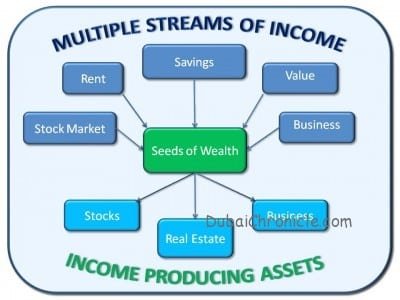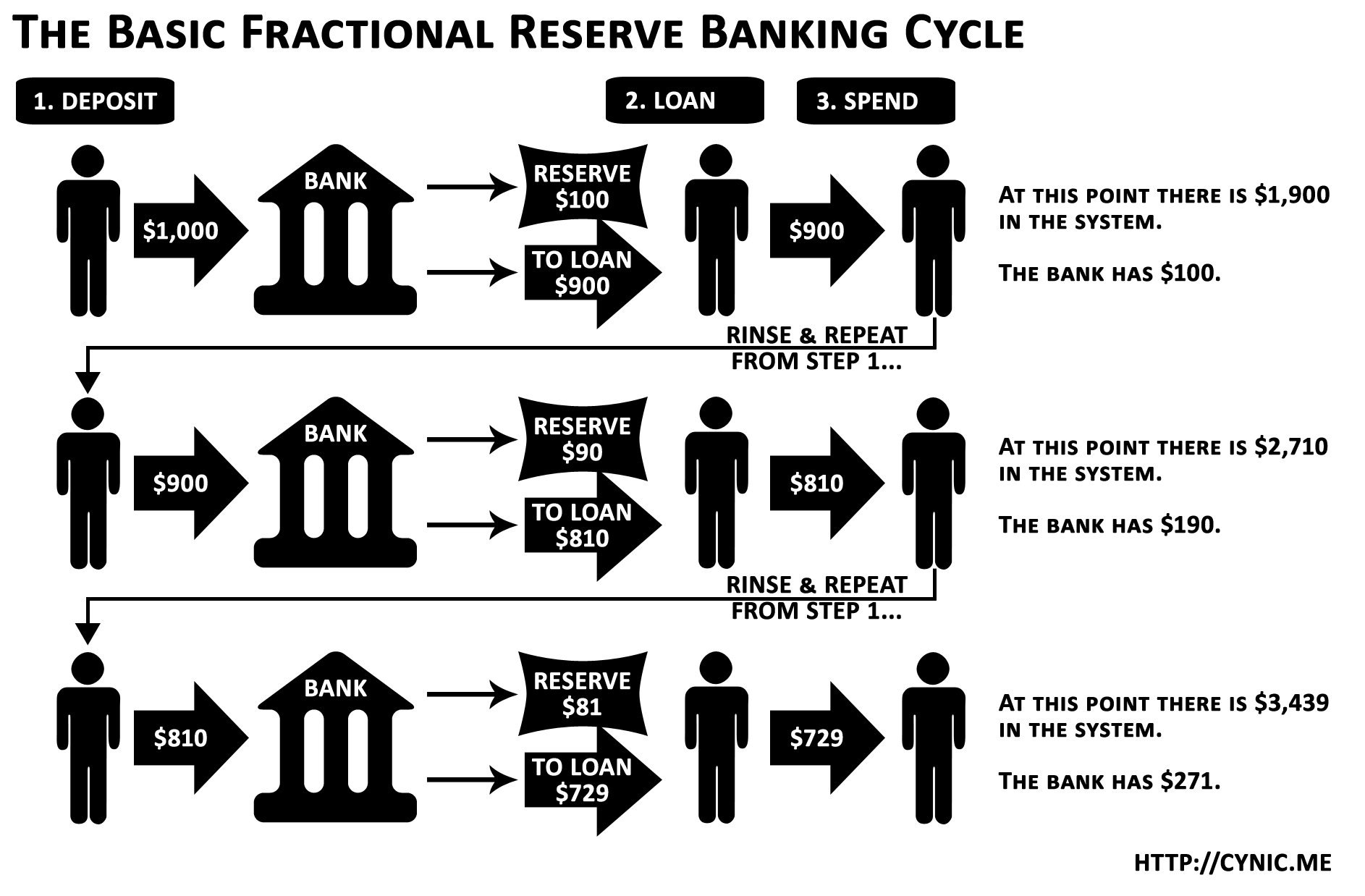Looking to optimize your portfolio for tax efficiency? We’ve got you covered! In this article, we will explore practical strategies to help you make the most of your investments while minimizing tax implications. By delving into the intricacies of tax-efficient investing, we’ll show you how to enhance your returns and keep more of your hard-earned money. Whether you’re a seasoned investor or just starting out, understanding how to optimize your portfolio for tax efficiency is crucial for long-term financial success. Let’s dive in and unlock the secrets to maximizing your investment potential within a tax-smart framework.
How to Optimize Your Portfolio for Tax Efficiency
Introduction
Managing your investment portfolio is not just about maximizing returns; it’s also about minimizing taxes. By optimizing your portfolio for tax efficiency, you can potentially enhance the after-tax returns and make the most of your investments. In this article, we will explore various strategies and tips to help you achieve tax-efficient investing.
Understanding the Impact of Taxes on Investment Returns
Before delving into the optimization techniques, let’s understand how taxes can affect your investment returns. It is crucial to comprehend the three primary types of taxes that investors face:
1. Capital Gains Taxes: When you sell an investment that has increased in value, you may be subject to capital gains taxes. The tax rate depends on the asset’s holding period (short-term or long-term) and your income bracket.
2. Dividend Taxes: If you hold stocks or funds that pay dividends, the income received is typically taxable. The tax rate may vary depending on the type of dividend (qualified or non-qualified) and your income level.
3. Interest Income Taxes: Interest earned from bonds, savings accounts, or other fixed-income investments is generally subject to income taxes.
Asset Location: Placing Investments in the Right Accounts
One effective strategy to optimize tax efficiency is by strategically placing investments in different types of accounts. By considering the tax treatment of various assets, you can maximize tax savings. Here are some guidelines:
1. Tax-Advantaged Accounts
- 401(k) or Employer-Sponsored Retirement Plans: Contribute as much as possible to these plans, especially if your employer offers a matching contribution. Contributions are typically pre-tax, meaning they reduce your taxable income for the current year.
- Traditional IRA: Contributions to a traditional IRA may be tax-deductible, subject to certain income limits and eligibility criteria. Withdrawals in retirement are generally taxed.
- Roth IRA: Although contributions to a Roth IRA are not tax-deductible, qualified withdrawals in retirement are tax-free. Consider prioritizing Roth IRA contributions if you anticipate being in a higher tax bracket in the future.
- Health Savings Account (HSA): If eligible, contribute to an HSA. Contributions are tax-deductible, and qualified medical expenses can be withdrawn tax-free. HSAs provide a triple tax benefit – tax-deductible contributions, tax-free growth, and tax-free withdrawals for qualified medical expenses.
2. Taxable Brokerage Accounts
- Equity Investments: Stocks or equity-focused funds that may generate long-term capital gains are suitable for taxable accounts. This is because long-term capital gains are often taxed at a lower rate compared to ordinary income.
- Tax-Managed Funds: These funds are designed to minimize taxable distributions, making them more tax-efficient for taxable accounts.
- Tax-Exempt Bonds: Municipal bonds and bond funds that generate tax-exempt interest income can be held in taxable accounts to maximize tax advantages.
Implementing Tax-Loss Harvesting
Tax-loss harvesting is a strategy that involves selling investments that have experienced losses to offset capital gains and potentially reduce your tax liability. Here’s how it works:
1. Identify Investments with Losses
Review your portfolio for investments that have declined in value. Selling these investments at a loss can help offset capital gains from other investments.
2. Be Aware of Wash-Sale Rules
To prevent abuse of the system, the IRS has established wash-sale rules. These rules stipulate that you cannot buy back an identical or substantially similar investment within 30 days before or after selling it at a loss. Doing so will disallow the loss for tax purposes.
3. Offset Capital Gains with Losses
When you have capital gains from profitable investments, you can offset them by selling investments at a loss. This strategy can help reduce your taxable gains.
4. Utilize Excess Losses
If your capital losses exceed your capital gains, you can use the excess losses to offset ordinary income to a certain extent. Consult with a tax professional to understand the specific rules and limitations.
Consider Tax-Efficient Funds
Investing in tax-efficient funds can help optimize your portfolio for tax efficiency. These specialized funds aim to minimize taxable distributions by employing specific strategies, such as:
– Low Turnover: Funds with low turnover generate fewer capital gains, resulting in less taxable income for investors.
– Index Funds: Passively managed index funds tend to have lower turnover compared to actively managed funds, making them more tax-efficient.
– ETFs: Exchange-traded funds (ETFs) often have a more tax-efficient structure compared to mutual funds, reducing potential tax liabilities.
When selecting tax-efficient funds, consider their expense ratios, track records, and the specific tax strategies employed.
Strategic Asset Location and Asset Allocation
Strategic asset location involves a thoughtful placement of specific asset classes in different types of accounts to optimize tax efficiency. Simultaneously, asset allocation refers to the overall distribution of assets across different investment categories. Combining these two strategies can result in an even more tax-efficient portfolio.
1. Tax-Efficient Asset Location
Consider the following asset location strategies:
– High-Growth Investments: Place high-growth investments, such as small-cap stocks or emerging market equities, in tax-advantaged accounts to defer taxes on potential gains.
– Income-Generating Investments: Hold income-generating assets, like bonds or dividend-paying stocks, in tax-deferred accounts to minimize the immediate tax impact on generated income.
– Tax-Managed Funds: Utilize tax-managed funds in taxable accounts to minimize taxable distributions.
2. Asset Allocation for Tax Efficiency
When constructing your portfolio, consider the tax efficiency of different asset classes. For example:
– Equities: Historically, equities have generated more favorable tax treatment due to long-term capital gains rates. Allocate a higher percentage of your portfolio to equities to potentially benefit from the preferential tax treatment.
– Bonds: Bonds generate income that is typically taxed at ordinary income rates. Consider holding bonds in tax-deferred accounts to minimize the current tax impact.
Regular Portfolio Rebalancing
Regularly rebalancing your portfolio helps maintain your desired asset allocation and can also provide tax advantages. Here’s how it works:
– Over time, certain investments may outperform others, leading to an imbalance in your asset allocation.
– By rebalancing, you sell a portion of the outperforming assets and buy more of the underperforming assets, bringing your portfolio back to its intended allocation.
– By selling investments that have gained value, you can potentially incur capital gains taxes. However, if done within tax-advantaged accounts, such as IRAs or 401(k)s, you can avoid immediate tax consequences.
Rebalancing within tax-advantaged accounts allows you to realign your portfolio without triggering taxable events.
Optimizing your portfolio for tax efficiency is an essential component of successful investing. By understanding the impact of taxes, strategically locating assets, utilizing tax-loss harvesting, considering tax-efficient funds, and employing asset allocation and rebalancing strategies, you can minimize tax liabilities and potentially enhance your after-tax returns. Consult with a financial advisor or tax professional to tailor these strategies to your specific circumstances and maximize the tax efficiency of your portfolio.
4 Best Practices for Building a Tax-Efficient Portfolio
Frequently Asked Questions
Frequently Asked Questions (FAQs)
How can I optimize my portfolio for tax efficiency?
Optimizing your portfolio for tax efficiency can help minimize your tax liabilities and maximize your after-tax returns. Here are some strategies you can consider:
1. What is tax efficiency in portfolio management?
Tax efficiency in portfolio management refers to the ability to minimize the impact of taxes on investment returns. It involves strategic asset allocation, tax-efficient investment selection, and tax-efficient trading practices.
2. How can asset allocation impact tax efficiency?
Asset allocation can impact tax efficiency by allocating investments to tax-advantaged accounts like IRAs or 401(k)s, where gains can grow tax-deferred or tax-free. By strategically placing investments in these accounts, you can minimize taxable distributions and capital gains.
3. What are some tax-efficient investment selection strategies?
Some tax-efficient investment selection strategies include investing in low-turnover index funds or ETFs, which tend to generate fewer taxable capital gains. Additionally, choosing investments that generate qualified dividends or tax-exempt interest can also enhance tax efficiency.
4. How can tax-efficient trading practices help optimize my portfolio?
Tax-efficient trading practices involve strategies such as tax-loss harvesting, which involves selling investments that have experienced losses to offset capital gains. By strategically managing your trades, you can minimize capital gains and potentially reduce your overall tax burden.
5. Are there any specific investment vehicles that offer tax advantages?
Yes, certain investment vehicles offer tax advantages. For example, municipal bonds generate tax-exempt interest, making them a tax-efficient investment for individuals in higher tax brackets. Additionally, tax-efficient funds or ETFs are designed to minimize taxable distributions and can be a suitable choice for tax-conscious investors.
6. Should I prioritize tax efficiency over investment performance?
While tax efficiency is an important consideration, it should not be the sole focus. It is crucial to strike a balance between tax efficiency and investment performance. It is wise to consult with a financial advisor who can help you optimize your portfolio while considering your investment goals and risk tolerance.
7. How often should I review and rebalance my portfolio for tax efficiency?
Regular portfolio review is essential to maintain tax efficiency. While there is no one-size-fits-all answer, it is generally recommended to review your portfolio at least annually or whenever there are significant changes in your financial situation or investment goals.
8. Can tax efficiency strategies help reduce my overall tax liability?
Yes, tax efficiency strategies can help reduce your overall tax liability. By implementing tax-efficient investment strategies, maximizing tax-advantaged accounts, and employing tax planning techniques, you can minimize the amount of taxes you owe and potentially increase your after-tax returns.
Final Thoughts
Optimizing your portfolio for tax efficiency is crucial for maximizing your investment returns. By strategically managing your investments, you can minimize the impact of taxes and potentially increase your overall wealth. Start by diversifying your assets to take advantage of different tax treatments. Consider tax-efficient investment vehicles such as index funds or ETFs. Utilize tax-loss harvesting to offset gains and reduce your tax liability. Additionally, stay informed about changes in tax laws and consult with a financial advisor to ensure you are making the most tax-efficient decisions. By implementing these strategies, you can optimize your portfolio for tax efficiency and enhance your long-term financial success.



